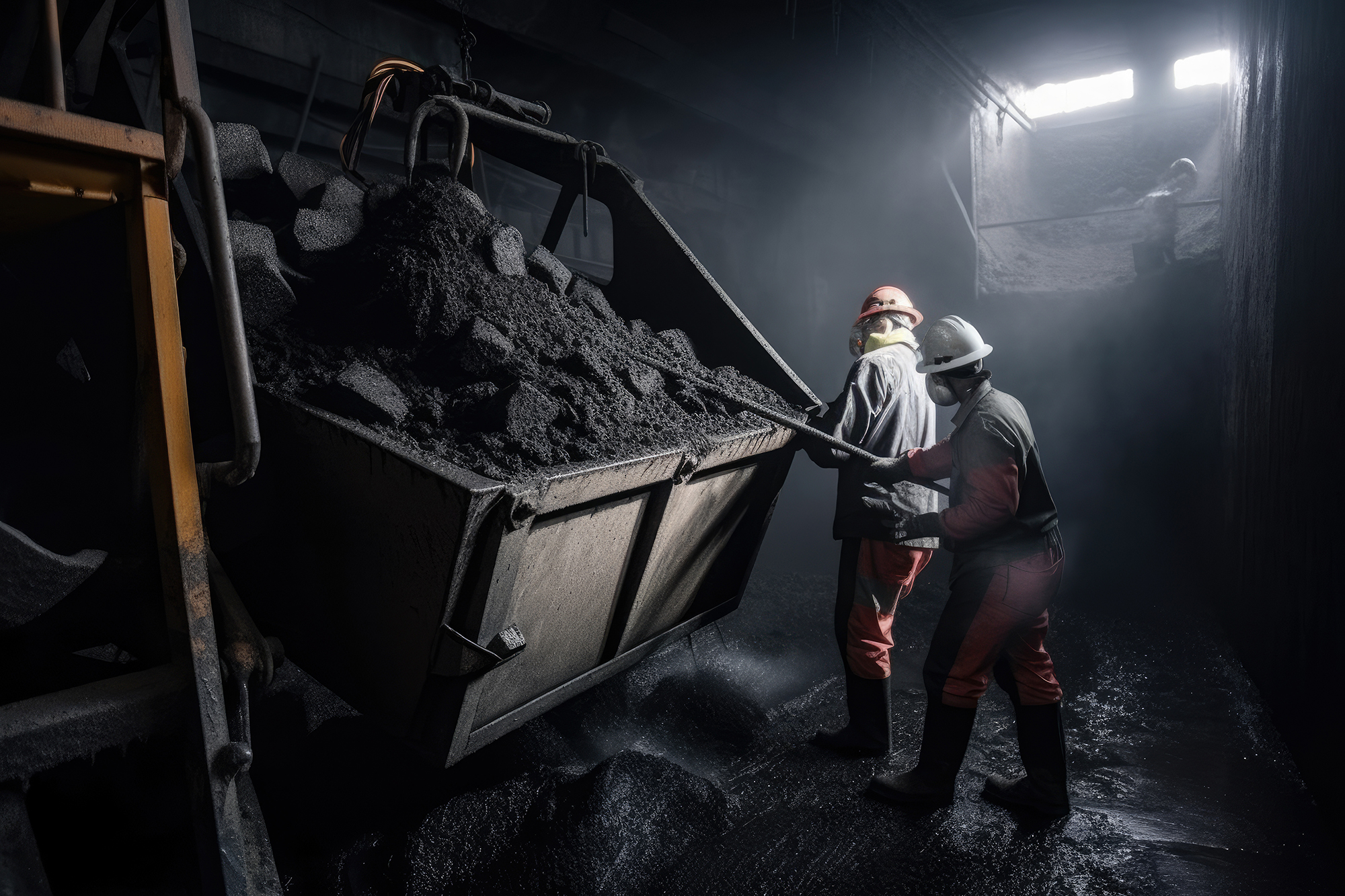
4.1: Mining Depth and its Relation to Coal Bursts
One of the most significant risk factors for coal bursts is the depth of the mine. As the depth increases, so does the pressure from the overburden—the layers of earth and rock above the coal seam. This overburden pressure increases the stress on the coal, raising the likelihood of a coal burst. Deeper mines are also typically hotter and have higher humidity, factors that can contribute to the risk of a coal burst by affecting the strength and stiffness of the coal seam and surrounding rock.
4.2: Geological and Operational Factors Influencing Coal Bursts
Geological factors play a crucial role in the occurrence of coal bursts. As mentioned earlier, the properties of the coal seam and the surrounding rock are critical. Coal seams with a high degree of internal strength and stiffness are more prone to coal bursts. The same applies to the surrounding rock mass: hard, dense rocks contribute more to the stress on the coal seam than softer, less dense rocks.
Operational factors also influence the risk of a coal burst. The method and progression of mining can lead to high-stress conditions in the coal seam and surrounding rock. For example, traditional “room and pillar” mining methods can result in high-stress conditions around the coal pillars left to support the roof.
Also, mining in areas with complex geological structures or where the coal seam is thin, thick, steep, or irregular can result in stress concentrations that increase the risk of a coal burst. Furthermore, the extraction ratio—the percentage of coal extracted from the total coal available—also affects the risk of coal bursts. High extraction ratios can lead to an increase in stress on the remaining coal pillars and increase the risk of a coal burst.
In the next chapter, we will delve into the direct and indirect impact of coal bursts on mining operations, from immediate dangers to long-term operational disruptions. Understanding these consequences is essential for establishing effective safety measures and managing potential hazards.








